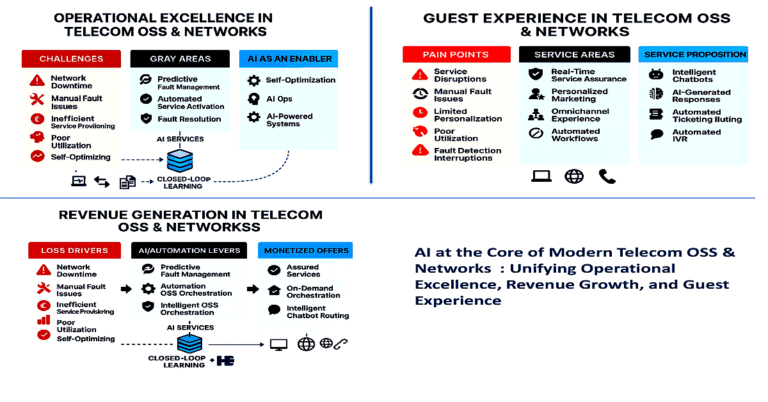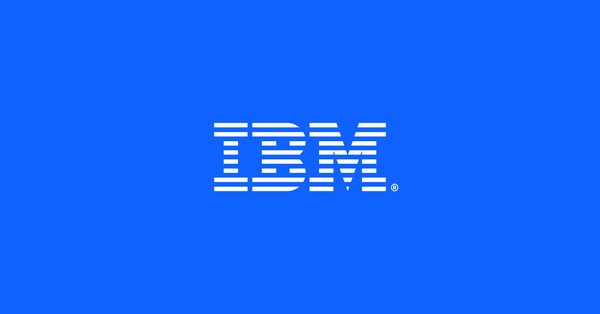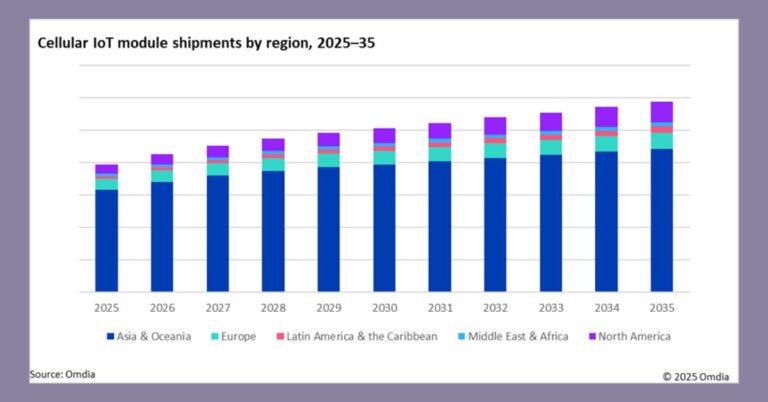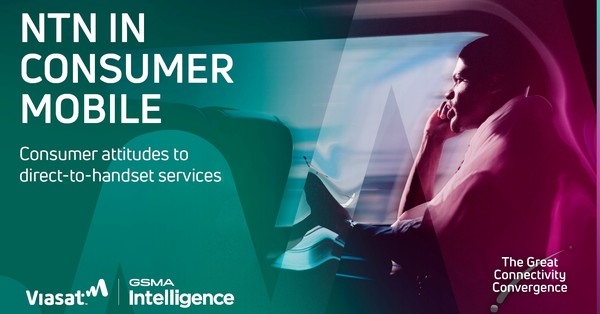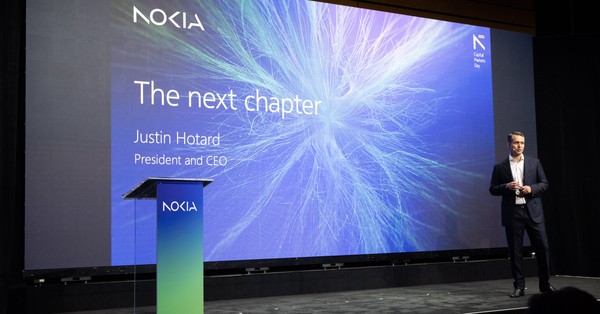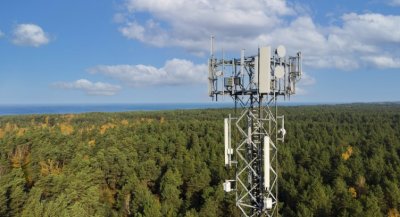- Tech News & Insight
- December 16, 2025
- Meghraj Tambaku
AI in telecom is often treated as a cost-saving tool. The leaders treat it as a business engine. Discover how AI at the heart of OSS reshapes operations, monetization, and customer engagement in one closed loop. Cutting costs with AI is easy. Compounding value with AI is hard. Learn how



